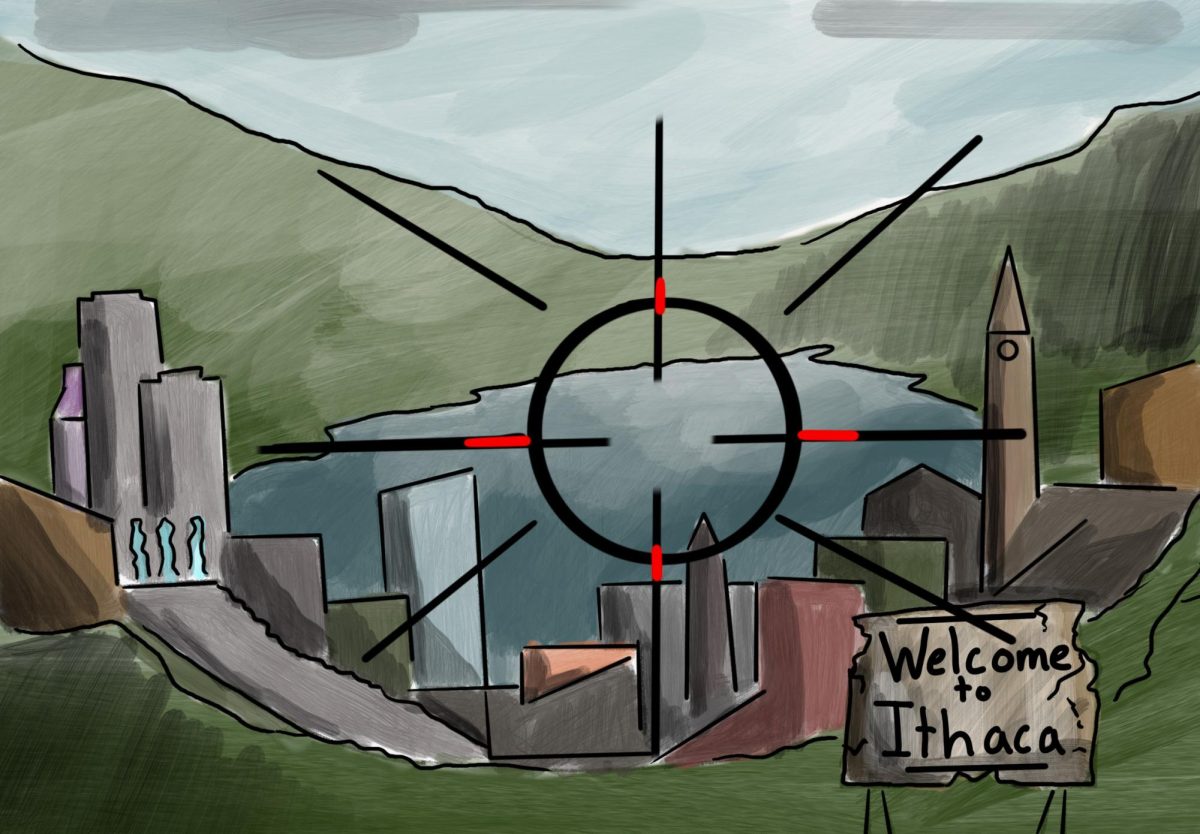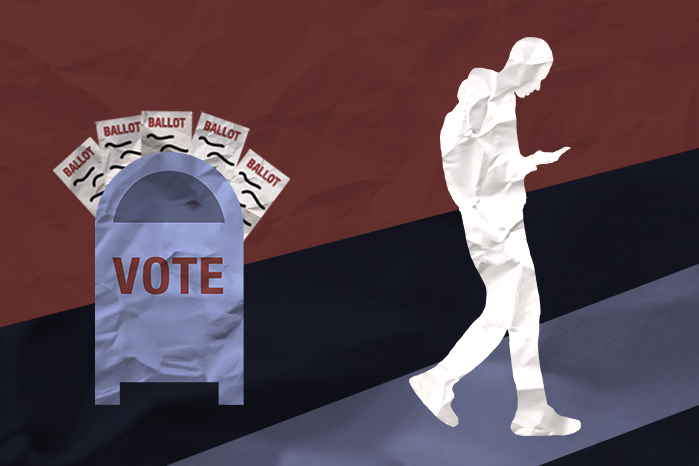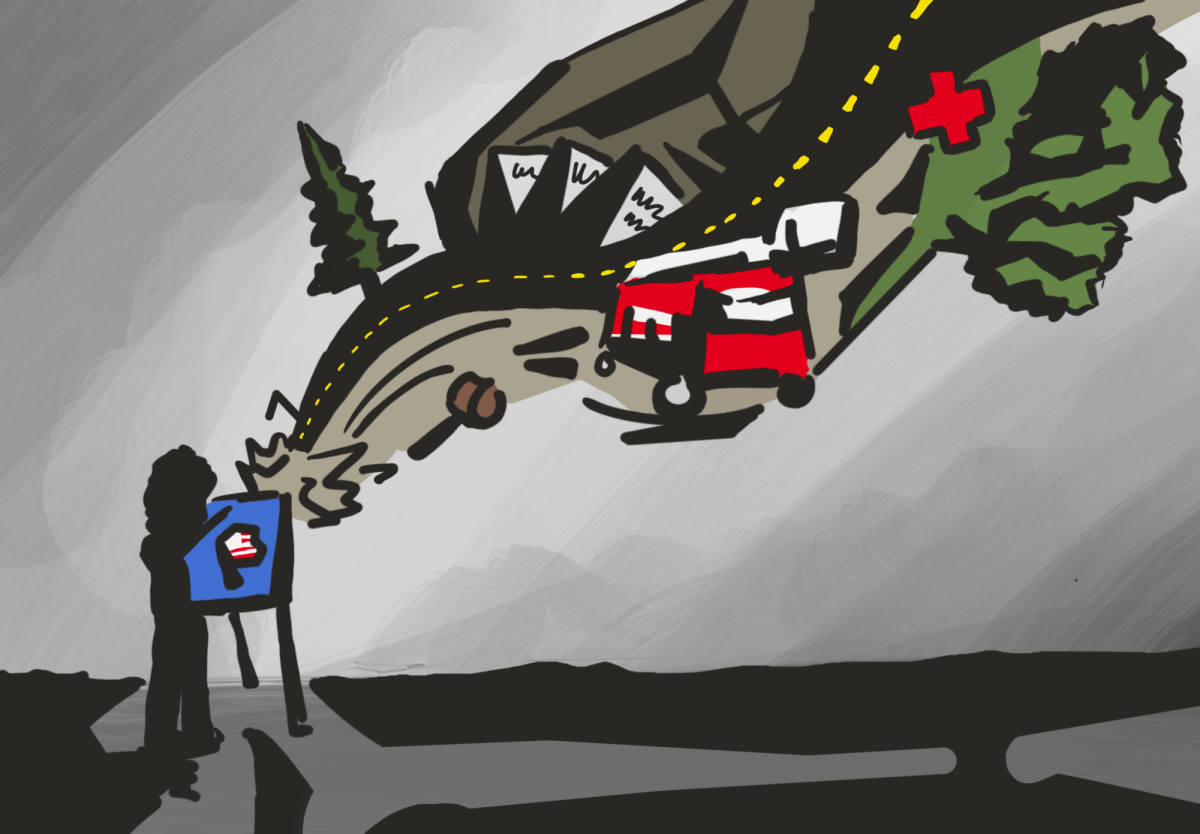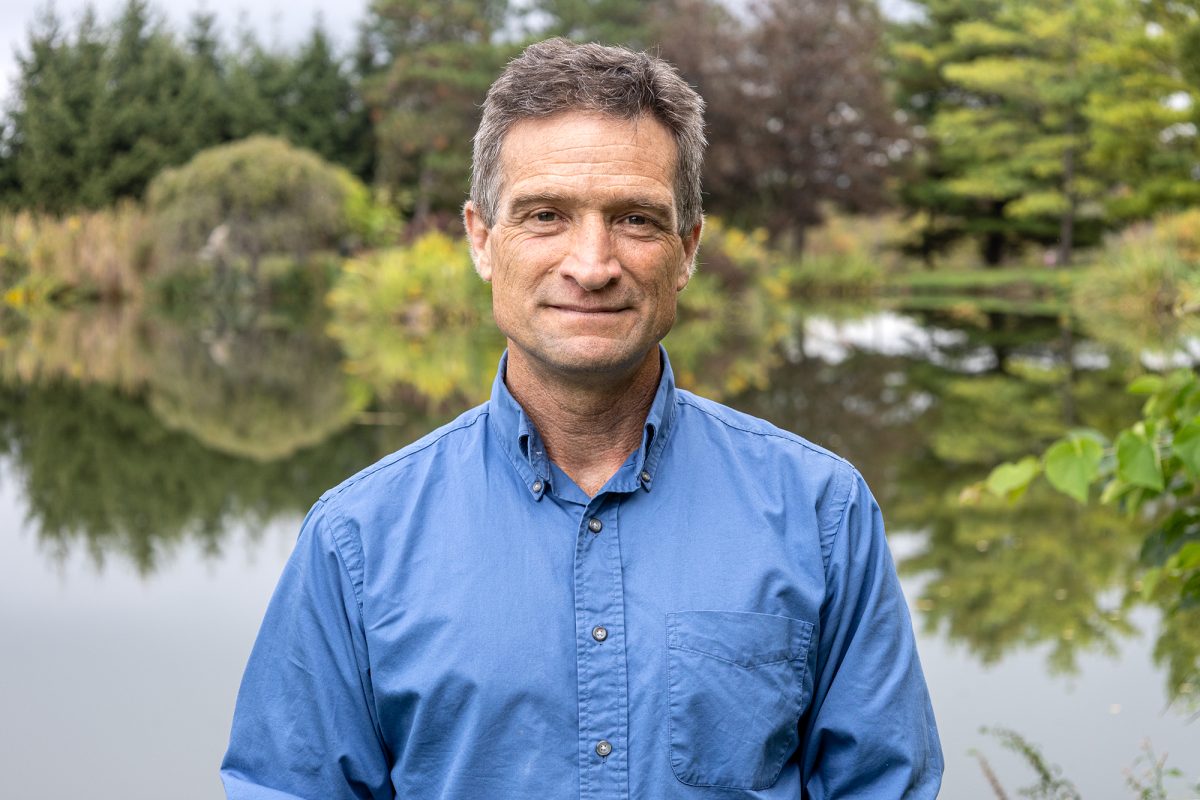Ithaca is one of many sanctuary cities in the United States. Sanctuary cities are meant to be a haven for immigrants seeking refuge; somewhere to feel protected. Yet, in the U.S. right now, no sanctuary city is truly a safe place.
Within the first week of President Donald Trump’s second term, U.S. Immigration and Customs Enforcement made more than 5,500 arrests across the country. The number of arrests and detainments continues to increase. ICE makes it publicly known how many immigrants have been arrested through daily announcements on its X account. ICE can call it transparency, but it feels as if it is parading its operations as a scare tactic.
According to the Center for Immigration Studies, it is estimated that 7,879,000 of the nation’s undocumented immigrants are in sanctuary cities. According to a senior Trump administration official, less than half have a criminal record. Under sanctuary law, state and local officials maintain minimal cooperation with federal immigration officials. However, sanctuary cities cannot actively block federal forces from carrying out operations. Tompkins County and the City of Ithaca have stated they were not involved with Jesus Romero-Hernandez’ arrest Jan. 30 because of sanctuary laws.
Not only are the updates ICE posts online part of a scare tactic, but its choice of time and location brings panic. Across the country, ICE is approaching immigrants in the most unexpected places, appearing at restaurants, outside places of worship and even at car washes. Going to or waiting outside such places does not go against the sensitive location policy, but it feels like an unethical strategy to catch people in moments of rest.
These are public places where ICE can demonstrate its power, no matter if they take place in the presence of children, parents, relatives or co–workers. It might just be arbitrary or a measure to catch someone off guard, but it truly comes off as another chance to provoke mass fear. And it’s working.
It is one thing to be prepared for an encounter with ICE, but it’s another to feel you constantly have to brace for something bad. The anxiety of not knowing when ICE will show up, or the boundaries of where, is a shared concern. People are uneasy and the tension is leading to assumptions, like anticipating ICE entering schools. There have also been false alarms that spread because of this. We need to have strategies in place to protect our community in case of federal operations, but for those of us with privilege, we need to confront rumors and information with a clear head.
The people that ICE is targeting are our neighbors and are integral to our communities. So far, the community response that Ithaca has met ICE with inspires hope that we can continue to uphold the promise of sanctuary and stand in solidarity with those who have sought refuge here.














